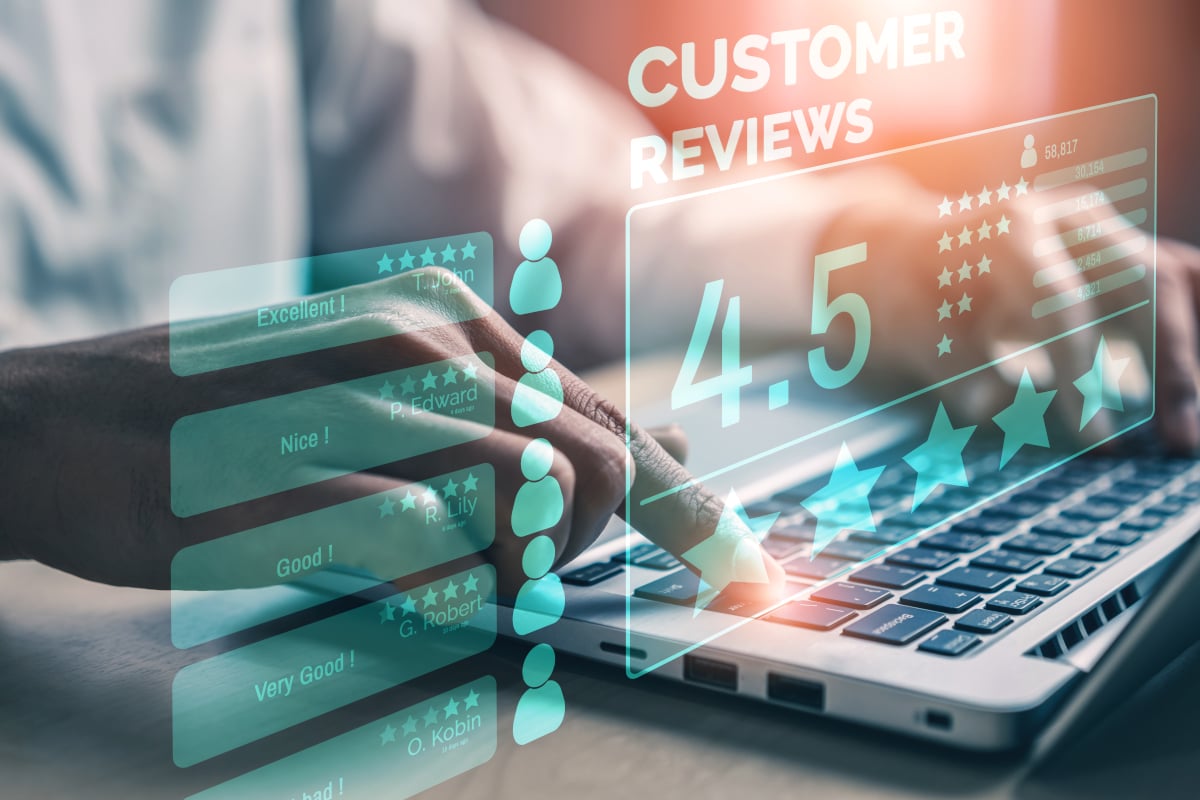Analyzing data from every customer interaction, including returns, can help businesses improve customer loyalty even when spending shrinks.
It’s difficult to determine precisely how the economy will fluctuate, but recent data suggests that consumer spending has declined in some categories. Forbes noted that 2022 sales in clothing and clothing accessory stores were only up 1.1% and department store sales (reported separately from general merchandise) were down 1.9% compared to the previous holiday season.
However, it’s important to note that some retailers are still thriving. Neiman Marcus, for example, ended its 2022 fiscal year up 30% compared to 2021. What’s particularly noteworthy is that just 2% of its customers made up 40% of its revenue. At the NRF 2023: Retail’s Big Show, Neiman Marcus Group CEO Geoffroy van Raemdonck emphasized that focusing on customer relationships drives their lifetime value.
While that’s just one example, maintaining and improving customer loyalty is almost always factored into any sales strategy—and for good reason. The question now is how to improve loyalty when consumers are spending less.
Improve Loyalty by Focusing on The Customer Experience
Nurturing customer relationships starts with ensuring positive experiences with every interaction. From the first time they’re exposed to marketing assets all the way to receiving (and possibly returning) products, each touch point is an opportunity to create a positive customer experience that will improve overall loyalty.

Optimize Omnichannel Sales, Marketing, and Customer Service
The complexity of e-commerce has created hundreds of potential interactions with which a business can create a positive experience. Yes, in-store interactions are still vital, but consumers are now more likely to use multiple channels within the same buying journey. So, what does that have to do with customer loyalty?
When executed well, an omnichannel strategy produces “...a frictionless user experience. This connection keeps customers engaged and moving toward a sale.” But it’s not just about the final sale, it’s about making the entire process as convenient as possible for the customer.
For example, even if a customer plans on purchasing something in-store, they may first look at a business's website for product information. Maybe they’ll look at a brand’s social media to see if their values align. They may even look to their favorite influencers for social proof, etc.
Then when it comes time to actually make a purchase, customers may have different preferences. They might want to buy online and pick up in-store, have it shipped, purchase through social media, or they may want flexibility with how they return a product.
Customers may just need or want to ask a question. It can be annoying and time-consuming for consumers when they have to switch platforms or communication methods (chat, email, phone, etc.) just to contact a customer service representative.
Seamless omnichannel integration makes a business easily accessible for sales, information, and customer service on whatever platform is preferred by customers. That means a frictionless buying journey and a positive experience for first-time and repeat customers. In addition, it creates more opportunities to collect much-needed data.
Use All Interactions as Opportunities for Building Trust
Ideally, customers never have negative interactions with a business…but it happens. Sometimes events happen that are completely out of a business’s control, or there’s a disconnect between customer expectations and the final product.
While too many negative interactions can tarnish the trust a business is attempting to build with customers, customer loyalty can still be nurtured depending on how a business responds. Leonie Brown, Qualtrics XM Scientist, said it well, “People who had a bad experience with a brand, but the brand fixed it, are more loyal than customers who never had a problem in the first place. That’s because it involves trust.”
So, whether a customer leaves a bad review, complains to customer service, or even returns a product, how a business responds can still nurture customer relationships and improve loyalty in the long run.
Leverage Returns Data to Improve All CX Areas
It’s important to remember that a return isn’t automatically a negative experience. Customer shopping habits like bracketing often, but not always, result in a return. That doesn’t necessarily mean that a customer was unhappy with their shopping experience though. These interactions do, however, provide lots of valuable data.
Every customer interaction, including returns, provides data that can be used to improve all areas of the customer experience and loyalty. Returns data is packed full of customer signals that can help a business improve its product assortment, quality, packing, shipping, supply chain efficiency, customer experience, and returns issues. Obviously, when these elements are optimized, shoppers have a better experience and are more likely to become loyal customers.
For example, data could show that a loyal customer has stopped making purchases which could indicate a bad returns experience. Alternatively, data may reveal a high proportion of one-time customers who abandon a retailer after one returns experience. This may indicate an issue with customer retention, which isn’t surprising considering that 90% of consumers who make a return on their first purchase won’t buy again.
Fortunately, cross-referencing different data sets allows businesses to develop targeted solutions to create better customer experiences and loyalty.
Implement CX Solutions and Improve Loyalty with Returns Data
When returns data is expertly leveraged, return rates are reduced, customer loyalty and lifetime value increase, hundreds of hours in operating costs can be saved, and so much more. Essentially, leveraging return analytics allows businesses to have more control over their bottom line—but only when it’s expertly analyzed and used to develop targeted solutions.
The Returnalyze Intelligent Dashboard provides businesses with detailed analytics to help them identify issues, opportunities, and solutions. But that access also comes with essential step-by-step guidance and expert data analysis so businesses can leverage this information efficiently and effectively. When our solutions are implemented, we’ve seen customer loyalty improve as much as threefold.
Customer loyalty may seem like an elusive concept that’s nearly impossible to determine or improve upon. Fortunately, the hard data gathered from returns interactions can help businesses make decisions that will improve loyalty even when customers are spending less.
If you'd like to see how our intelligent dashboard can help you leverage return season data, schedule a demo or contact our team today.


